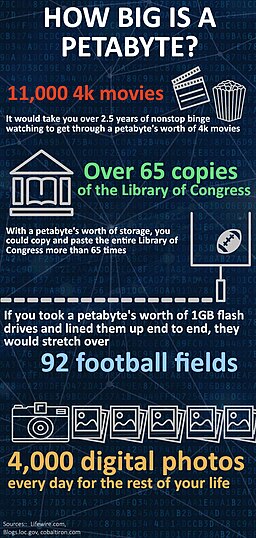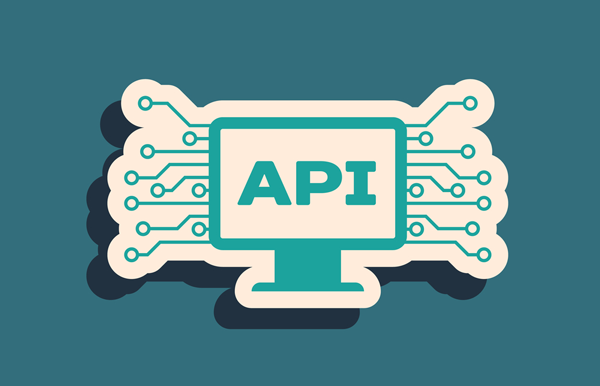The Intelligent Oilfield. It’s a term we commonly hear discussed in boardrooms, at conferences, in industry journals, on blog posts, and in other media. While the oilfield is becoming increasingly intelligent, that intelligence is hindered by a lack of something equally important; effective, easy communication. Much like knowledge, data becomes infinitely more powerful when the systems storing that data can communicate in a robust, standardized method. Enter the API, or Application Programming Interface.
An API creates a powerful, easy-to-use connection between separate systems so that their users can leverage all of the data across those systems to make faster, more informed decisions. APIs are prolific, more so than most realize. Have you purchased something on the internet where your payment was processed via a third party? It’s very likely that an API, such as those utilized by Stripe or Paypal, facilitated the transaction. If you’ve used Siri on your phone to do things like order products, set reminders, or change the temperature on your thermostat, you’ve used an API.
From Amazon to NASA, Microsoft to the US Census Bureau, the API has become a standard part of many facets of our world, especially when dealing with large sets of structured data.
Big Data, APIs, and the Oilfield
The modern oilfield is home to an increasing number of devices generating data that often winds up in various cloud-based services. While all this data has value on its own, that value increases exponentially when it can be viewed, and interacted with, in aggregate. For all this data to flow freely and easily, industry adoption of APIs is essential.
 With a single reservoir asset projected to produce up to 15 petabytes of data during its lifetime¹, the need for an easy, effective way to analyze that data across multiple platforms is becoming increasingly important. While historically, systems such as WITSML allowed for a standardized data structure, those systems can be cumbersome even for developers who understand them.
With a single reservoir asset projected to produce up to 15 petabytes of data during its lifetime¹, the need for an easy, effective way to analyze that data across multiple platforms is becoming increasingly important. While historically, systems such as WITSML allowed for a standardized data structure, those systems can be cumbersome even for developers who understand them.
In the oilfield, the power of the API can easily be seen when considering a tool like Well Data Labs’ Real-Time Frac. By combining real-time frac data with things like offset pressure information ingested through the Well Data Labs API, you can easily view your frac and offsets, and see potential interaction between your current well and any nearby wells. In addition, you can utilize our alert system to notify you via Text, E-Mail, or Screen Flash when a potentially costly issue might be arising.
As our APIs evolve alongside our growing partners program, Well Data Labs is poised to become a robust, easy-to-use platform for consuming and analyzing data related to your completions.
Check out other resources related to this topic.
- ¹World Economic Forum in collaboration with Accenture: Digital Transformation Initiative: Oil and Gas Industry White Paper, June 2017
- Saul Zambrano; Beyond B2B: A Digital Reality Check; Three reasons why APIs are critical to oil and gas, June 2019
- Mehdi Mohammadpoor, Farshid Torabi; Science Direct; Big Data analytics in oil and gas industry: An emerging trend, December 2018

